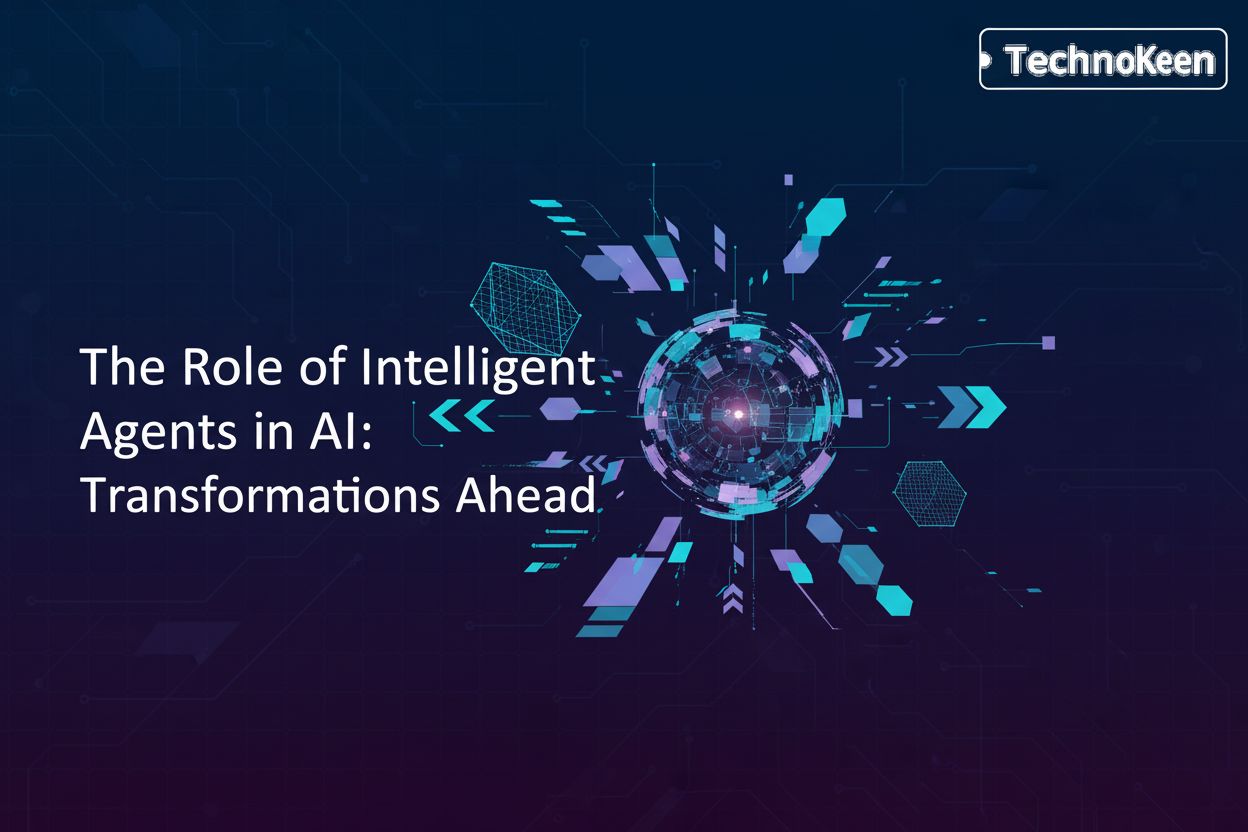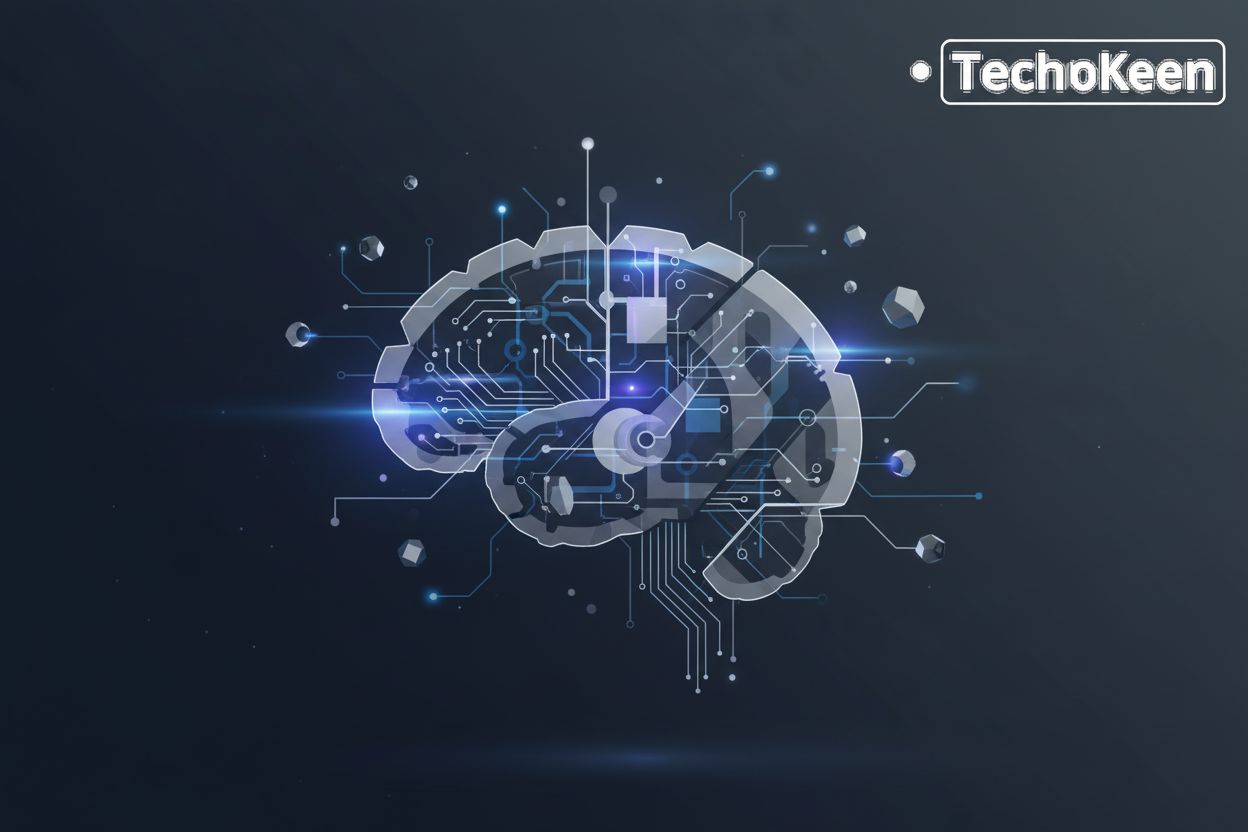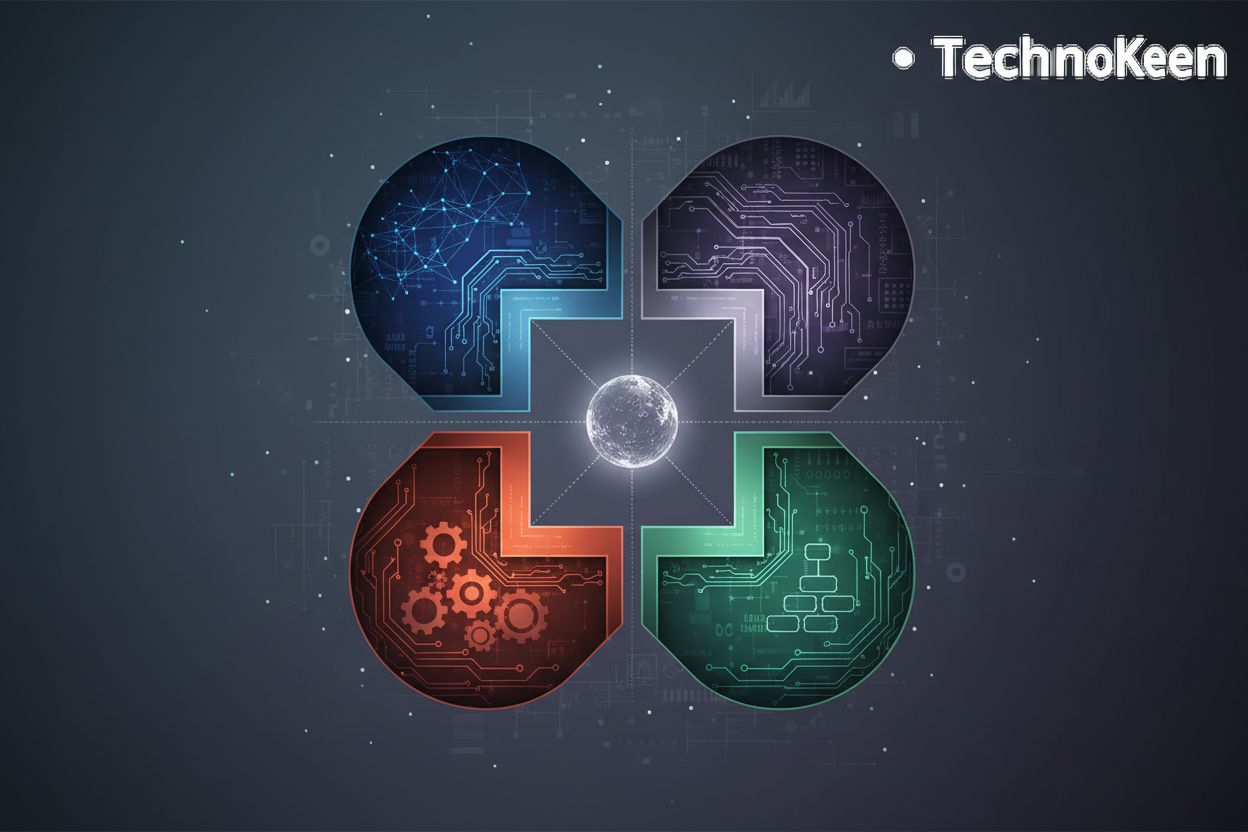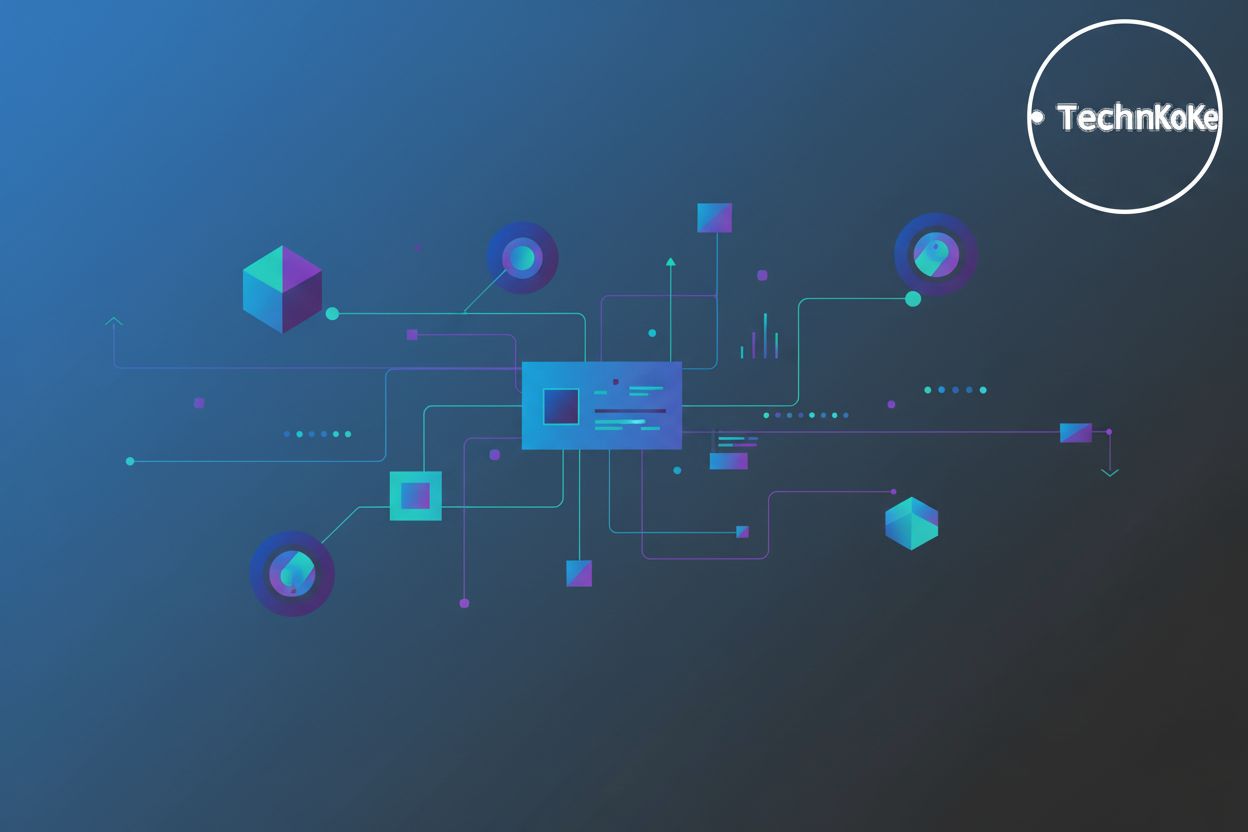Bayesian Inference Techniques for Smart Agent Programming
TL;DR
Understanding Bayesian Inference and Smart Agents
Okay, let's dive into Bayesian Inference and Smart Agents. It's kinda wild how much our devices are learning about us, right? (Are Smartphones Ruining Childhood? | Jonathan Haidt | TED) Makes you wonder what they'll be doing next.
Bayesian inference? It's basically a way of updating your beliefs based on new evidence. (Bayesian inference - Wikipedia) Instead of just sticking with what you initially thought, you adjust your perspective as you gather more data. (Why should we stop using data to change people's minds ... - LinkedIn) Think of it like this: you're trying to guess if it's going to rain today. You start with a hunch – maybe it's usually sunny this time of year (that's your prior probability). Then, you look outside and see dark clouds gathering (that's your new evidence or likelihood). BAM, you revise your belief and now you're pretty sure it's going to rain (that's your posterior probability).
Here's a mermaid diagram to help visualize:
It's not just about getting an answer—it's about refining your understanding over time. Waylay Engine explains how this approach is crucial for their rules engine, helping agents make smarter decisions.
In the world of ai, a rational agent is all about making the best decisions possible given what it knows about its environment. They use sensors to perceive the surroundings and actuators to act upon them. The goal? To be as rational as possible, even when things are uncertain, as Waylay Engine points out.
So, why use Bayesian inference for these smart agents? Well, it's especially handy when you're dealing with uncertainty. Unlike traditional approaches, Bayesian methods let agents adapt and learn as they go, making better decisions even when the info is incomplete.
- Think about a fraud detection system in finance. It starts with some initial idea of what fraud looks like, but constantly adjusts as it sees new transactions coming in.
- In healthcare, this could be used to personalize treatment plans, adjusting dosages as the patient responds to the medication.
These enterprise ai solutions are super complex, and that’s where Bayesian inference shines. It’s not just about getting a result; it's about adapting to change. And that's key for what comes next…
Core Bayesian Inference Techniques
Okay, so Conditional Probability Tables, or CPTs, are another core technique in Bayesian inference – think of them as decision tables for smart ai agents. They help these agents make sense of a world that's not always black and white, you know?
- CPTs map out probabilities. They show how likely something is to happen given different conditions. For instance, if a smart agriculture system is trying to predict crop yield, a cpt might show the probability of a high yield if soil moisture is high and sunlight is abundant.
- They deal with discrete variables. This means they are best suited for variables that have a limited number of clear-cut states. Like, say, a sensor that reports "high," "medium," or "low" for temperature. Not so great for continuous data that can take on like... any value.
- They can answer probabilistic questions. Say you've got a traffic management system. A cpt could answer: "What's the chance of congestion, given it's rush hour and there's a sports event?"
Gates is where it gets interesting in platforms like Waylay Engine. They use simplified CPTs, or "gates," to represent conditional dependencies. Like, instead of some big, complex table, you just get AND, OR, or GENERAL gates. It’s a more approachable way for non-experts to build rules.
- AND Gate: This gate requires all its inputs to be true (or meet their specified conditions) for the output to be true. It's like saying, "I'll go to the party if my friend Alice is going and my friend Bob is going."
- OR Gate: This gate requires at least one of its inputs to be true for the output to be true. It's like saying, "I'll go to the party if Alice is going or Bob is going (or both)."
- GENERAL Gate: This is a more flexible gate. Instead of just simple AND/OR logic, it allows you to define custom probability distributions for the output based on the inputs. For example, you could set it up so that if Sensor A is "high" and Sensor B is "medium," there's a 70% chance of the output being "alert," but if Sensor A is "low" and Sensor B is "high," there's only a 20% chance of an "alert." It's essentially a mini-CPT within the gate, offering more nuanced control than simple AND/OR but still simpler than a full CPT.
For a fraud detection system, you might have an AND gate that triggers an alert only if transaction amount is high and the location is unusual. This makes setting up complex rules a bit easier, though it might sacrifice some of the nuance of a full-blown cpt.
Coming up, we'll look at Markov Chain Monte Carlo – sounds fancy, but it's just another way to tackle those tricky probability problems.
Applications in AI Agent Programming
So, where can you actually use these Bayesian ai agents? Not just in theory, but in real-world scenarios, you know?
- Autonomous Driving: These agents can predict pedestrian behavior – like if someone's about to dart across the street.
- Robotics: Sensor fusion gets a major boost, letting robots make better sense of their surroundings. Instead of relying on just one sensor, it combines data from several, adjusting for uncertainty.
- Recommendation systems: Bayesian models let recommendation engines adapt to your changing tastes. As computationalaudiology.com notes, there's a growing ecosystem of domain-specific tools.
- Clinical audiology tools: Bayesian ai agents can help to create personalized hearing aids or treatment plans.
These are complex systems, after all. Next up, we are going to look at enterprise ai solutions.
Deployment and MLOps Considerations
Okay, so, MLOps, right? It's not just about gettin' models to work, but, you know, making them work reliably in the real world. It's kinda like... raising a puppy, but with code.
Think about model deployment; getting that baby outta the lab. Industries like finance are adopting MLOps to automate model training, testing and deployment.
Then there's model monitoring. You gotta keep an eye on performance, model drift – which is basically when your model's predictions start getting worse over time because the real-world data it's seeing has changed from what it was trained on – and all that jazz.
And don't forget governance! Like, who's responsible when the ai goes rogue? It's about having clear rules and accountability for how your ai systems are built, used, and managed.
Security's a biggie. Protecting models from attacks is super important- especially in healthcare.
And then you're thinking: "where's this thing gonna live?" Cloud? on-premise? Hybrid?
You know, it's a lot. Makes you really think about the future of ai, but uh, next up: scalability, so it's ready for anything.
IAM, Security, and Governance for Bayesian AI Agents
So, you're worried about keeping your Bayesian ai agents secure? Good, you should be. These things are powerful, and with great power comes, you know, great responsibility – and a need for robust security.
Identity and Access Management (IAM) is crucial. Think of it as the bouncer at the ai party, making sure only the right agents get in and access what they need. This means strong authentication (proving who they are) and authorization (what they're allowed to do).
Roles and policies are your security blueprints. Define what each ai agent can access and do based on its role. For example, an agent diagnosing medical images shouldn't have access to financial records.
Don't forget compliance. These agents need to follow the rules, keeping data safe and adhering to regulations.
Implement robust security frameworks. Think ai identity governance and regular risk assessments.
Apply zero trust principles – which means you don't automatically trust anything or anyone, inside or outside your network; you verify everything – and lock down those apis. Don't assume anything is safe; verify everything.
Ethical ai is more than just a buzzword. You need to ensure fairness, detect bias, and maintain transparency.
It's a messy world out there, and keeping your ai agents secure is an ongoing job, but it's one that's well worth the effort. Now, let's talk about scaling these things...
Conclusion
Okay, so what’s next for Bayesian ai? It’s not just a cool concept, but where things are headed, you know?
- One big thing is gonna be federated learning. Instead of sending all your private data to some central server, the ai model comes to you, learns on your data locally, and then sends back only the insights. Bayesian inference can be really useful here because it helps manage the uncertainty in the local models and combine them more effectively without sharing raw data.
- And with enterprise ai solutions, expect to see more domain-specific tools popping up. Think clinical audiology tools, but for everything, as computationalaudiology.com was saying earlier.
- We need to get serious about ethical ai, too. No point having fancy ai agents if they’re biased or unfair.
75% of AI initiatives fail to deliver on their promises, often due to lack of clear governance frameworks.
I mean, that's a lot of projects failing, right?
It's like—the real value isn't just in the ai itself, but in how adaptable it is. ai governance frameworks and responsible ai development are key.
Ultimately, it's about making sure these enterprise ai solutions are actually helping people, and not just creating new problems down the road.




